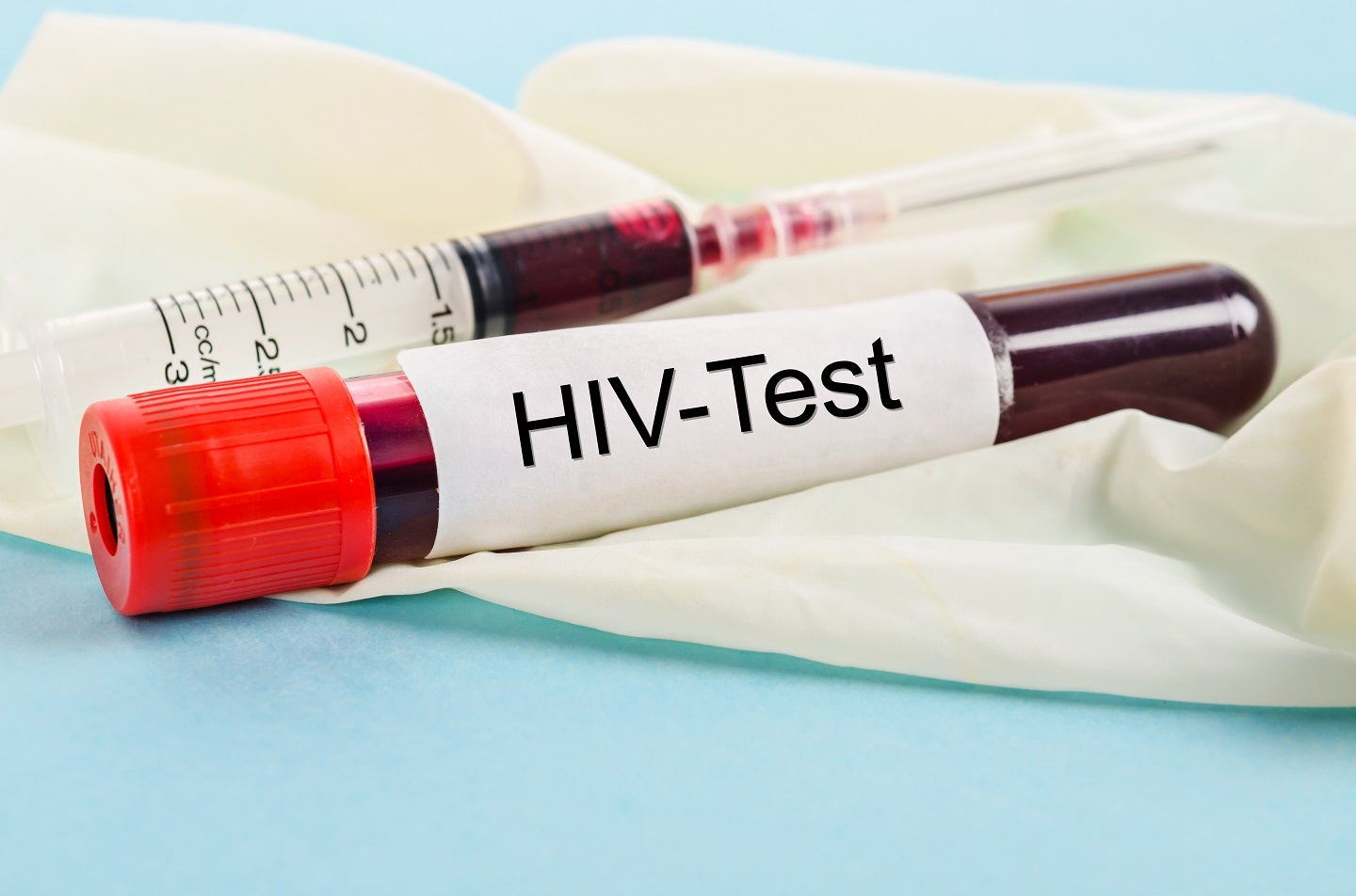1 December commemorates World AIDS Day – a day of awareness and support for those living with HIV/AIDS, as well as a global remembrance for those who have died from AIDS-related illnesses. In an effort to combat this global public health issue, the theme of World AIDS Day 2023 is “Let Communities Lead”, which puts the focus on the impact that community leadership can have in ending the HIV epidemic. This will involve leveraging the potential of communities most affected by HIV to enable the end of the HIV/AIDS epidemic.
The call to action on World AIDS Day 2023 includes making communities’ leadership roles central to all HIV programs, and fully funding communities’ leadership roles. Further, any barriers surrounding these roles should be removed, thereby providing safe, enabling, and empowering working conditions. Health workers and public health leaders are also encouraged to get involved by advocating for access to essential HIV services and working to combat stigma and discrimination.
HIV is an infection of a Lentivirus that attacks the body’s immune system. Transmission occurs via the exchange of HIV-infected bodily fluids such as blood, breast milk, semen, and vaginal secretions. If left untreated, HIV can eventually progress into AIDS, and cause complications such as pneumocystis pneumonia (PCP), tuberculosis (TB), cryptococcal meningitis, lymphoma, and human papillomavirus (HPV)-related cancers.
According to the World Health Organization (WHO), in 2022, 1.3 million people acquired HIV and 630,000 people died from HIV-related causes worldwide. Over 63,000 of these incident cases of HIV occurred across the 7MM (US, UK, Germany, France, Italy, Spain, and Japan) in 2022, according to GlobalData.
In spite of the significant disease burden, there is currently no cure for HIV infection. However, with the use of appropriate preventive and treatment options, HIV is now recognized as a manageable chronic health condition. Antiretroviral therapy (ART) is a daily treatment method that works by reducing the replication of HIV in the blood, resulting in undetectable and non-transmissible viral levels, when administered to HIV-positive individuals. For HIV-negative individuals at risk of infection, methods of preventing HIV include pre-exposure prophylaxis (PrEP) and post-exposure prophylaxis (PEP). PrEP is taken by people at risk of contracting HIV to prevent infection from sex or injection drug use, while PEP is taken to prevent HIV after a possible exposure. According to GlobalData, the HIV therapeutics market within the 7MM was worth approximately $27bn in 2023.
Working together, the WHO, the Global Fund, and the Joint United Nations Program on HIV/AIDS (UNAIDS) have implemented an agenda for sustainable development that hopes to end the AIDS epidemic by 2030, in part, by reducing the rate of incident cases. The Global Health Sector Strategies (GHSS) on HIV reported a global value of 0.18 new HIV infections per 1,000 uninfected population in 2021. The goal to end the HIV/AIDS epidemic calls for a reduction of this number to 0.05 by 2025 and 0.025 by 2030. In other words, by 2025, 95% of all people living with HIV should have a diagnosis, 95% of those with a diagnosis should be taking ART, and 95% of those taking ART should reach undetectable and non-transmissible viral levels. For reference, in 2022, 86% of all people living with HIV had a diagnosis, 89% of those with a diagnosis were taking ART, and 93% of those taking ART had undetectable and non-transmissible viral levels.

US Tariffs are shifting - will you react or anticipate?
Don’t let policy changes catch you off guard. Stay proactive with real-time data and expert analysis.
By GlobalDataReducing the transmission of HIV is just as important as reducing the stigma attached to an HIV diagnosis. This is why community leadership fighting to end injustices against those affected by HIV/AIDS is so important. World AIDS Day provides an important opportunity for communities to raise awareness and lead the way to ending the HIV epidemic.





